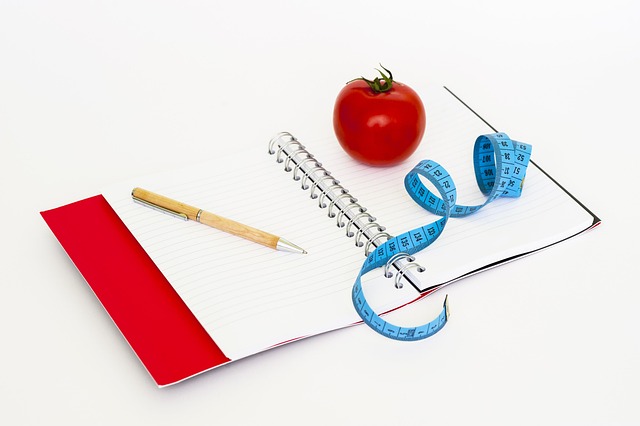
The Ultimate Guide to Portion Control for Weight Loss
Portion control is one of the most powerful yet underrated tools for effective and sustainable weight loss. You don’t always need strict dieting—sometimes, it's simply about eating the right amount of the foods you already love. In this guide, you’ll learn how portion control works, how to apply it every day, and how to build a healthier relationship with food without feeling deprived.
1. Why Portion Control Matters

Most people overeat not because they’re hungry, but because portions have gradually increased over the years. Portion control helps regulate calorie intake, prevents bloating, reduces cravings, and supports long-term weight management. When you eat mindfully, your body naturally adjusts to smaller, healthier portions.
2. Understanding Proper Serving Sizes
Serving size and portion size are not the same.
Serving size = recommended amount
Portion size = what you actually put on your plate
Using simple references—like a fist for carbs, palm for protein, or thumb for fats—can help you gauge the right amount without measuring cups.
3. Use Smaller Plates and Bowls
A smaller plate tricks your brain into feeling satisfied with less food. Research shows people naturally eat 20–30% less when using small plates. This is one of the easiest portion-control hacks with zero effort.
4. Slow Down While Eating
Your body needs around 20 minutes to send “I’m full” signals to your brain. Eating slowly improves digestion, reduces overeating, and enhances satisfaction from meals.
5. Plan Your Meals in Advance
Portion control becomes easier when meals are pre-planned. Meal prepping helps you avoid oversized servings, emotional eating, and last-minute unhealthy choices.
6. Hydrate Before Meals
Drinking water 20–30 minutes before your meals help control appetite, improves digestion, and prevents mistaking thirst for hunger. Aim for 3–4 liters a day depending on your routine.

7. Include More Fiber and Protein
Fiber and protein help you feel full for longer. Adding vegetables, dal, legumes, paneer, tofu, oats, or fruits helps reduce sugar cravings and stops overeating naturally.
8. Avoid Eating Straight from the Package
Snacks like chips, biscuits, nuts, or sweets can quickly lead to overeating. Always take a small portion on a plate instead of eating from the packet.
9. Listen to Your Body’s Hunger Signals
Eat when you’re truly hungry—not when you’re bored, stressed, or emotional. Pay attention to your fullness level and stop when you feel “comfortably satisfied,” not stuffed.
10. Final Thoughts
Portion control isn’t about eating less—it’s about eating right. Small, consistent habits can lead to significant weight loss without restricting your favorite foods. Start small, stay consistent, and watch your body transform.
